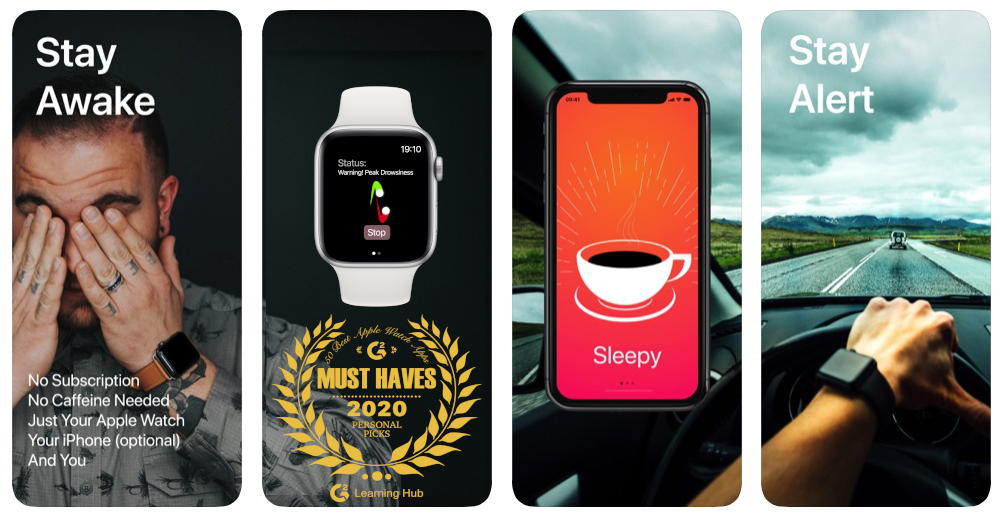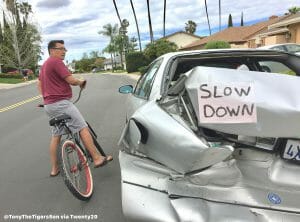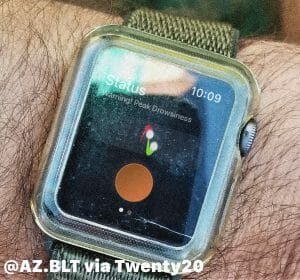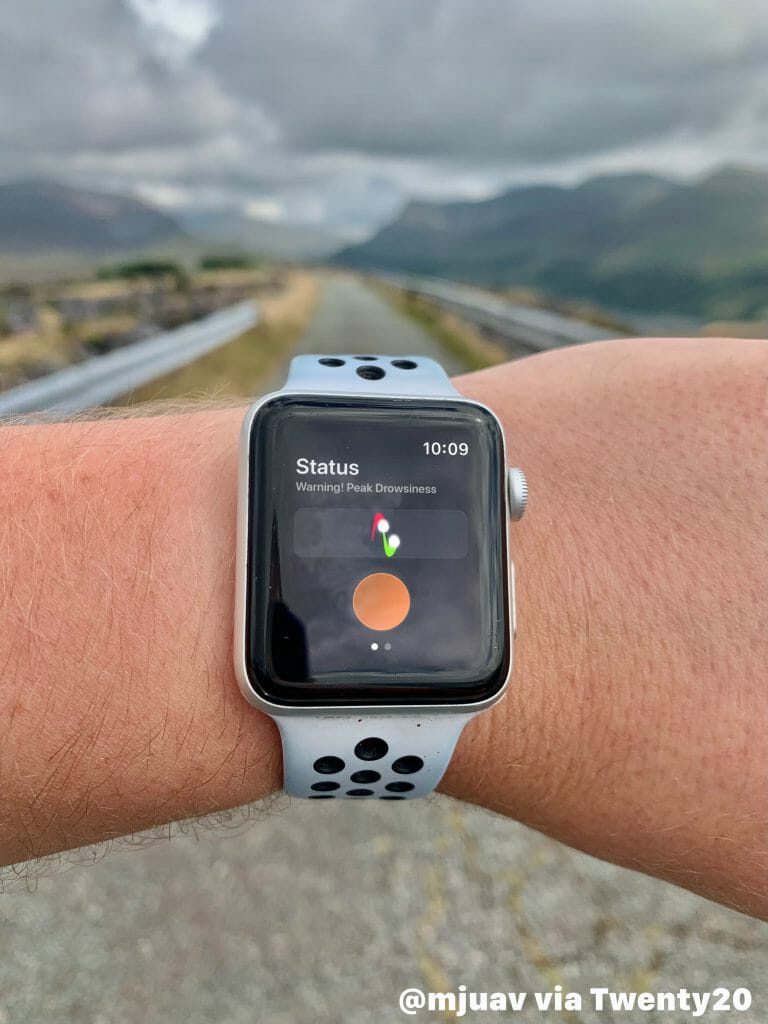How to Overcome Daytime Fatigue, A New Twist
Financial, employment and/or social pressures can cause us to overwork ourselves and blind us to the signs that we need to take a break.
V-CAF & Apple Watch
The New Twist on Combating Tiredness…
Working in the tech industry it won’t surprise you to know that I can’t get enough of electronic gadgets. As time has progressed my interest in gadgets has shifted from those that were geared towards fun and games, to those that help me to perform better in some way.
Personally, in recent years nothing has fulfilled the role of being both fun and useful as the Apple Watch. In another article I explained how my children gave me my first Apple Watch and how I became hooked. I found that it expanded what was possible on the iPhone and made it that bit more personal by allowing for technology to become more seamlessly integrated into my everyday tasks.
If I need a timer I just raise my watch and ask for a timer to be set for a specific period. Same with directions, calculations, letting me know if I’m being as active as I said I wanted to be and even reminding me of tasks that I set for myself but hadn’t completed yet. It’s great!
However, there was one area that it didn’t help me directly with and that was to do with how tired I felt at any given moment. Some may say that isn’t such a big deal, but it should be noted that most of us don’t realise when we start to get tired (especially when we are busy), or override the signs that our bodies give us in order to get things done.
But is this really the best way to work, and if not what counter measures can we take to help us overcome tiredness during the day?
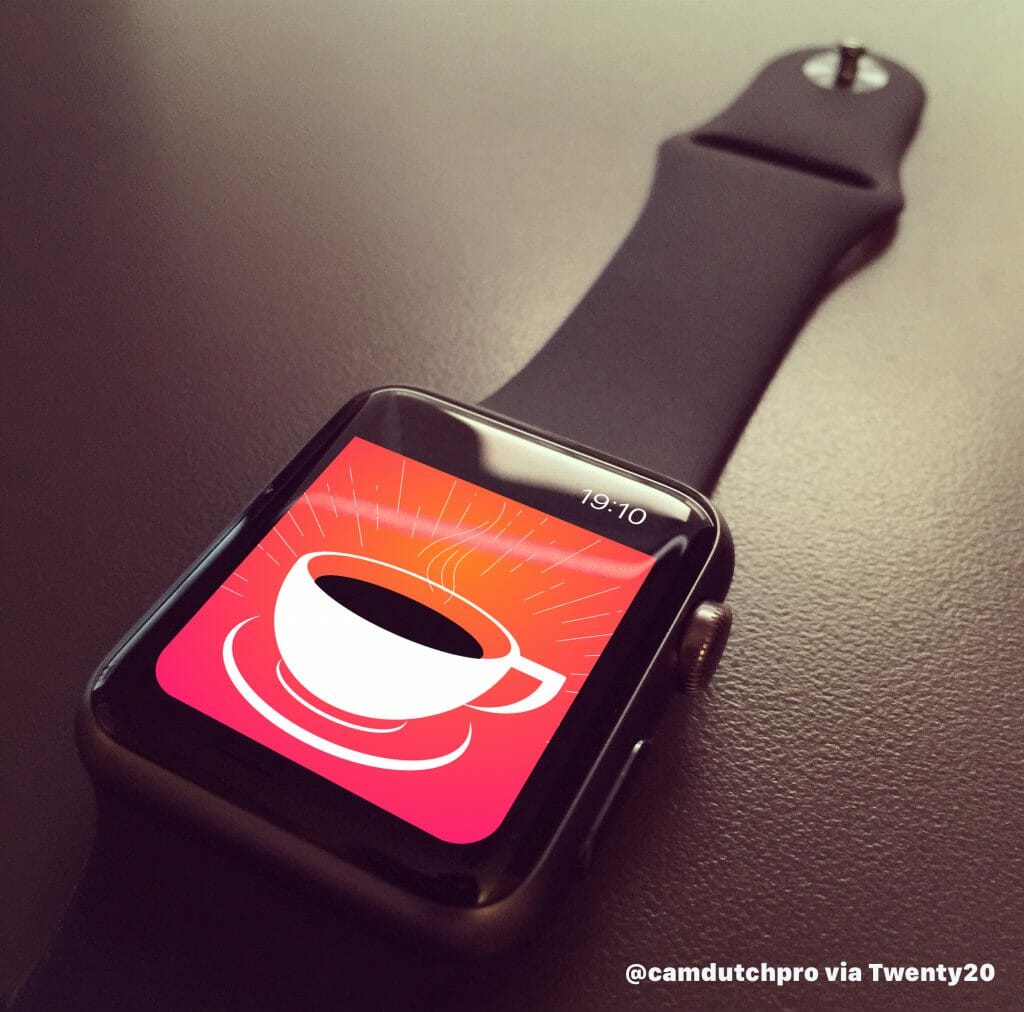
Lack of Sensitivity
There are some things that when we are repeatedly exposed to them, our tolerance levels increase, so that over time we become less sensitive to them.
A frequent example that I use on this blog is caffeine. The fist few times we consume it, we are very aware of its ability to to make us feel more alert, awake and focused. But when we regularly consume caffeine, it can seem as though we need more of it to get the same sort of results that we once did.
I think the same can be said for tiredness and fatigue, but in reverse. In the past I found myself working very long hours late into the evening, and then starting my day very early. When working in these kind of cycles, it was difficult at first to adjust as I found myself constantly nodding off or feeling really low and tired, but after a while I seemed to find my stride and just work through the tiredness.
Drinking coffee or consuming colas seemed to help, but I found myself craving an ever increasing amount of them just to feel like I could make it through the day. The strange thing was that I didn’t realise how tired I was until I crashed out on the sofa, or in front of the computer (if I was working at home).
Fatigue Effects
“A calm surface – most claim to handle an impossible workload by ’taking one thing at a time’ – hides a rebellious body, sending signals of more or less serious conditions such as heart problems, high blood pressure, migraine and sleeping disturbance. The possibility to work even when ill, either at the workplace or at home, normalises the worn out, tired and sick body, and it makes it ‘healthy (enough)’ and available”.
Widerberg, K. (2006). Embodying Modern Times. /Time & Society,/ /15(1),/ 105-120.
Financial, employment and/or social pressures can cause us to overwork ourselves and blind us to the signs that we need to take a break. In my case I used to say things like “I got caught up in my work and didn’t realise the time” to perhaps justify working longer than I should at great risk to my health.
There was definitely an atmosphere of just muddling through as if throwing more hours and people at the problem would some how magically boost productivity. Nobody wanted to let the team down by complaining about being tired, or stressed or overworked, so it continued.
But the longer we worked, the more problems there were, and hence, the need to work more to fix them. It’s crazy to think that I once worked like that! But unfortunately, the signs of fatigue and stress were there and I ignored them to my detriment.
It’s easier said than done, but look out for the symptoms of fatigue and tiredness. Some of the more common signs are:
- Sleepiness
- Reduced energy
- Difficulty in performing basic tasks
- Fuzzy thinking
- Slower than usual reaction times
- Poor judgement
- Ineffective memory
- An increase of errors at work
- Reduced productivity
Can Wearable Technologies Help?
There is no magic pill to overcoming fatigue whilst working or studying, but there are quite a few things that you can do to help improve and even eliminate the problem. Taken together, they help reduce the risk of you overworking and making yourself feel fatigued and miserable.
If you’re a technology fan like me, many of these tips can actively help you to reduce the risk of fatigue and improve the quality of your life.
- Get enough good quality sleep
According to the CDC, adults between the ages of 18-60 years need 7+ hours of sleep per night (CDC – How Much Sleep Do I Need? – Sleep and Sleep Disorders). They also state: “Good sleep quality is also essential. Signs of poor sleep quality include not feeling rested even after getting enough sleep, repeatedly waking up during the night, and experiencing symptoms of sleep disorders (such as snoring or gasping for air). Improving sleep quality may be helped by better sleep habits or being diagnosed and treated for any sleep disorder you may have.”
On the Apple Watch there are native applications such as Sleep, as well as third party apps like Pillow that help track your sleep quantity and quality, with both giving you tips on how to improve your sleep.
- Eat healthy
Eat less processed foods and refined sugars and eat more whole foods such as vegetables, whole grains, grass fed cattle, mono and polyunsaturated fats etc. As processed foods contain a lot of sugar, salt and unhealthy fats (trans fats) avoid as much as you can.
The worst type of dietary fat is the kind known as trans fat. It is a byproduct of a process called hydrogenation that is used to turn healthy oils into solids and to prevent them from becoming rancid. Trans fats have no known health benefits and that there is no safe level of consumption. Therefore, they have been officially banned in the United States.
The truth about fats: the good, the bad, and the in-between – Harvard Health
Improving your diet will help improve your energy levels and help you feel less sleepy as a result.
- Exercise more
Exercise is a well-acknowledged intervention for sleep improvement and has been endorsed by the American Sleep Disorders Association. A randomised controlled trial conducted on adults with insomnia confirmed that aerobic exercise improved sleep quality, depressive symptoms, and some domains of Quality of Life.
Chang, S., Shih, K., Chi, C., Chang, C., Hwang, K., & Chen, Y. (2016). Association Between Exercise Participation and Quality of Sleep and Life Among University Students in Taiwan. Asia-Pacific Journal of Public Health,28(4), 356-367.
You don’t have to exercise for hours on end to get the benefits of exercise in your sleep. A twenty minute daily walk is all that is needed and the effects are immediate.
There are many gadgets that come with a built in step counter, and the Apple Watch comes with the Activity rings that you can set a target for the amount calories burnt during a day. Once set the watch will remind you to keep moving to achieve your goal and congratulate you once you close your rings.
- Don’t work more than 40 hours a week
Working long hours tends to cut into your down time which will ultimately affect the quality and quantity of your sleep. Set yourself a reasonable amount of hours of actual work per day and stick to it. It can be hard at first, especially if you are used to working long hours, but eventually you will be able to fit the work you have to do within the time that you have allotted. - Take more breaks
Another easier said than done tip, but thankfully there are tools like Forest and the Pomodoro Technique that you can use to allocate blocks of time to work on tasks, and once a block is complete, take a break. Or you can just set a timer for 20-25 minute blocks and stop when your alarm goes off. Using apps makes it easy to set up and go, and keep things interesting.
However, the best app that I use to remind me to take a break is V-CAF Stay Awake Stay Alert. It’s our app (so I’m biased), but its a fantastic way to optimise your work day. Just start the app on your Apple Watch, choose how you feel at the moment, and the app will then inform you when your alertness levels are dropping. People use it to let them know when they are sleepy, but I use it to let me know when my concentration levels are dropping so that I can take a break (where I either go for a walk outside, or have a 20 minute nap). Either way when I get back to my desk, I feel refreshed and energised .
Review
It’s easy to overwork and wear yourself down. Over time you may find it difficult to realise that you are doing this to yourself, but where you can, try to incorporate these measures into your daily routine so that you reduce the risk of fatigue and it’s many complications.
- Get enough good quality sleep
- Eat healthy
- Exercise more
- Don’t work more than 40 hours a week
- Take more breaks
Afterword
Tom Rath, source: https://www.quotemaster.org/qfac951bc57660c6d638629a1f7e5d343
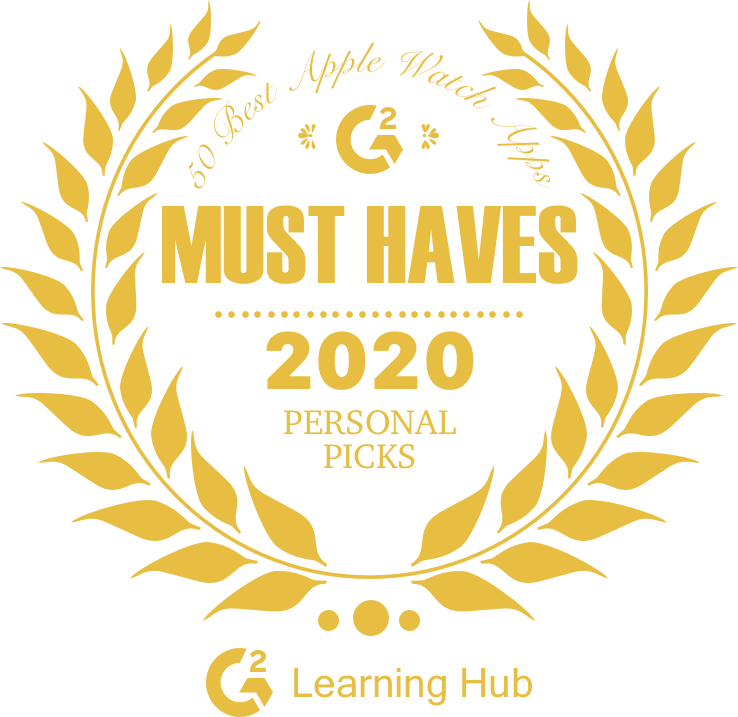
Now available on the App Store, download it now!
